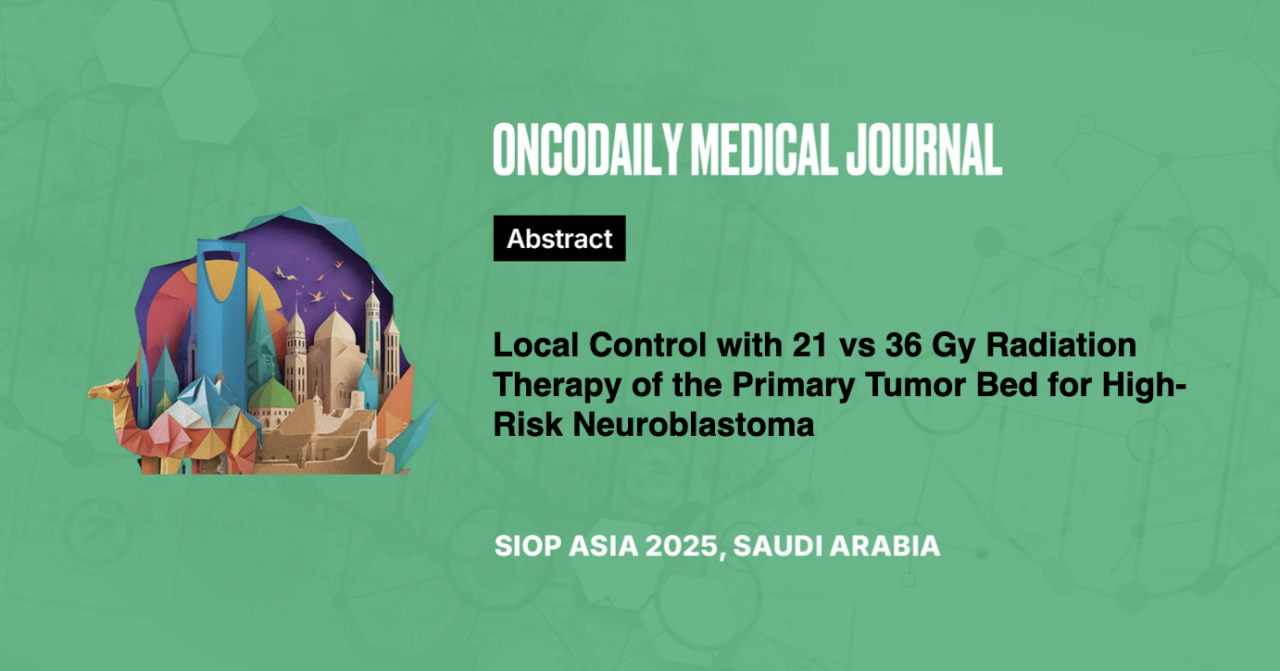Local Control with 21 vs 36 Gy radiation Therapy of the Primary Tumor Bed for High-Risk Neuroblastoma
Abstract
Introduction: Local recurrence is a major cause of treatment failure for high-risk neuroblastoma. Radiation therapy (RT) is an important treatment option in pediatric oncology. The aim is to report the outcomes of RT for high-risk neuroblastoma, including local failure (LF), overall survival (OS) and evidence free survival (EFS) in patients treated with total RT dose of 21 and 36 Gy.
Methodology: A total of 83 patients were treated from 2012 to 2024, receiving local RT to the primary disease site. Among them were 43 male and 40 female patients with a median age of 3.9 years (from 1.2 to 15.3 years). The total RT dose was 21 Gy for 48 pts (58%), 36 Gy for 35 pts (42%). The target volume was the primary tumor bed, as defined by CT or MRI with a 1 to 1.5 cm margin for the clinical target volume (CTV) and an 0.5 cm margin for the planning target volume (PTV).
Results: The median follow-up was 37.7 month (range, 10.3–146.8 month), with relapse in 36 out of 83 patients (43%). Recurrent disease in the radiation field occurred in 6 out of 48 patients (12,5%) in the 21Gy arm and in two out of 35 patients (5.7%) in the 36Gy arm. The 3-year EFS was 55.7% ±14.4% who received 21 Gy and 48.2%±19.1% in the 36Gy arm, while the 3-year OS was 71.8% (±9.9%) and 77.2% (±10.8%), respectively. Our 3-year LF was 13.5%±5.3% for the 21Gy group and 6.7% (±4.7%) in the 36Gy arm.
Conclusion: Post operative RT to the tumor bed contributes significantly to local control and prevention of local relapse in high-risk neuroblastoma. The optimal dose and technique for high-risk neuroblastoma patients is yet to be determined. We found similar OS and EFS between patients who received RT dose of 21 and 36 Gy.





